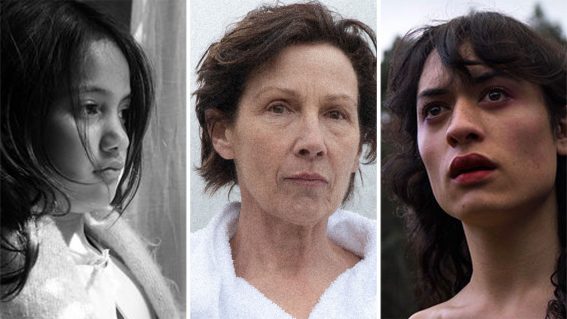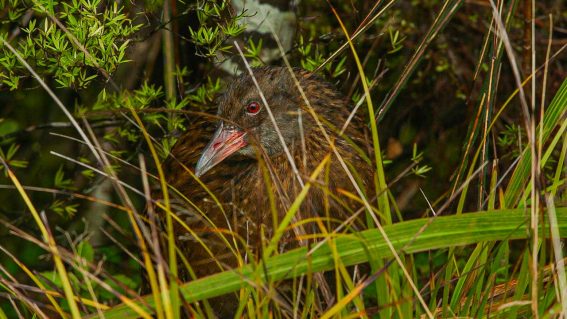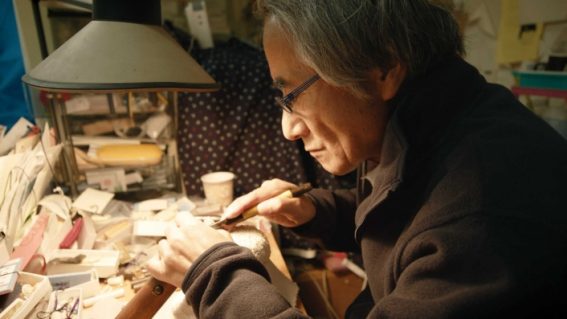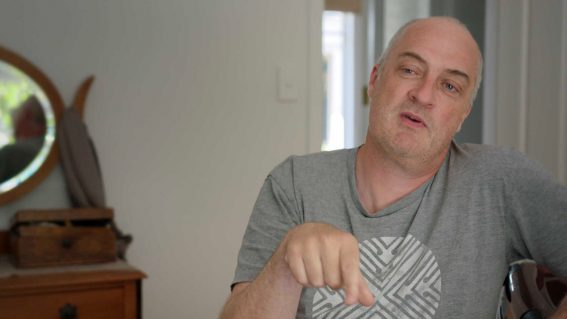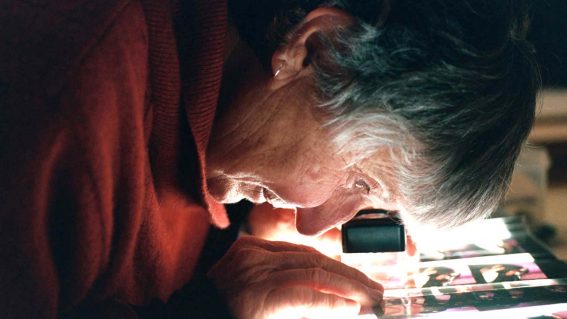Michelle Savill on her Ana Scotney-starring comedy-drama Millie Lies Low
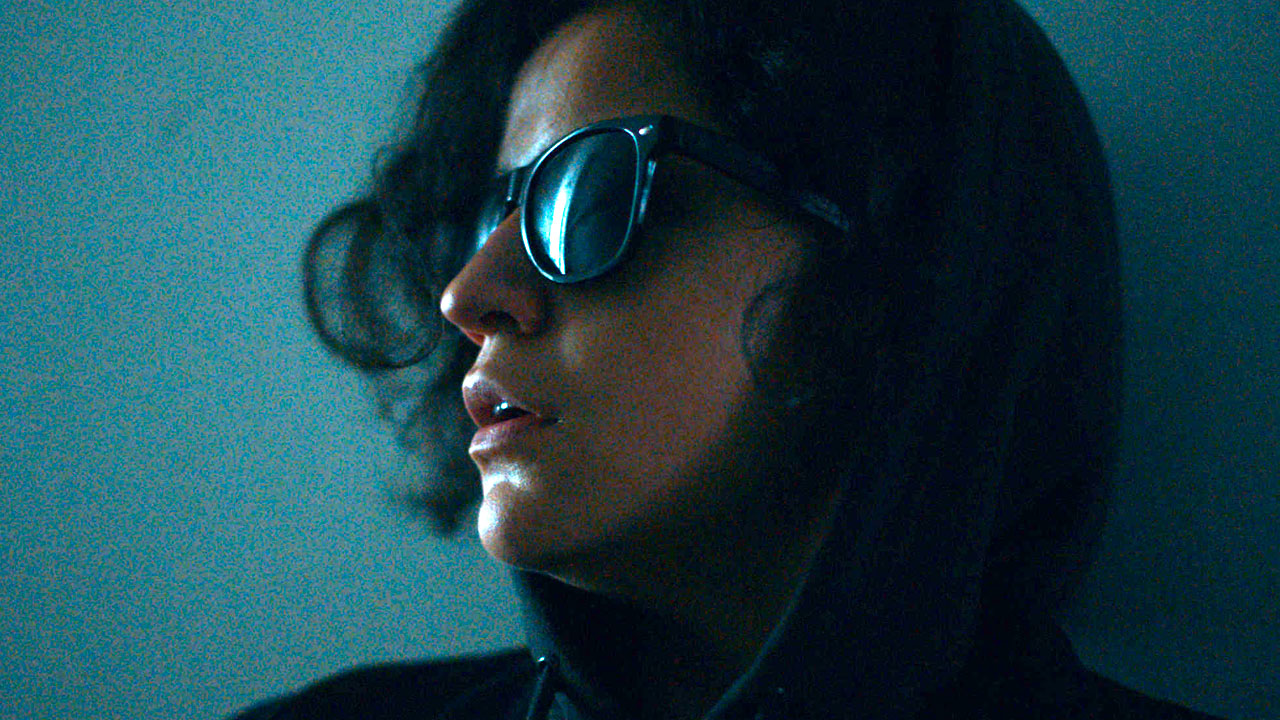
Michelle Savill’s feature Millie Lies Low follows Ana Scotney as her character tries to bluff their way out of a tricky predicament.
When a would-be intern at a prestigious firm misses her big flight to New York City, she lies low in her hometown while using social media to convince everyone she’s living the NYC dream. That’s the premise of director Michelle Savill’s Millie Lies Low, playing Whānau Mārama: New Zealand International Film Festival. Savill tells us more.
FLICKS: Describe your film in exactly eight words.
MICHELLE SAVILL: Avoiding your problems leads to many more problems.
What inspired the premise?
The idea came when I was travelling to a festival in France with my short film Ellen is Leaving. The New Zealand Film Commission was paying for me to go, but when I got to the airport I discovered I was a day late. I was horrified. A new ticket would be three grand; money I didn’t have.
My first thought was that I’d have to hide out in Wellington for three weeks and pretend I was in France. I didn’t end up doing that, but it sowed the seed for Millie Lies Low—what if someone actually did that, just for a few days while trying to get the money together for another ticket. What would they have to do to keep up the ruse? How would their lives be affected, and those around them?
Your cast is fantastic – can you tell us a little about finding the right actors for your characters?
I worked with casting director Tina Cleary who was key to bringing this incredible cast together. She has an incredible eye and the sensibility for knowing who is right for a role. Ana Scotney had been on my radar since meeting her as a drama student at Toi Whakaari years earlier, the same goes for Chris Alosio. Through the rigorous audition process it became clear that they were right for the roles.
We found Jill Nguyen through our producer Angela Littlejohn, who had just worked with her on another feature, and we all felt that she had the right energy for the role. Sam Cotton came on after a friend recommended his work.
Finally, Rachel House came on board which was a dream come true, I am a huge admirer of her work. Our cast were all amazing and I love them so much. I was blown away by the insight and creative approach they took to every scene.
Eli Kent will increasingly be a writer whose name we recognise – what was your experience writing with him like?
Writing with Eli is awesome. Having him as a creative sparring partner made the process so much more enjoyable and speedy. Eli brought a lot of fresh ideas to the story and particular characters. We are two peas in a pod and big fans of each other’s ideas and work. We’ve been friends for a long time, we flatted together for years, so there’s a lot of mutual respect between us, making collaboration easy.
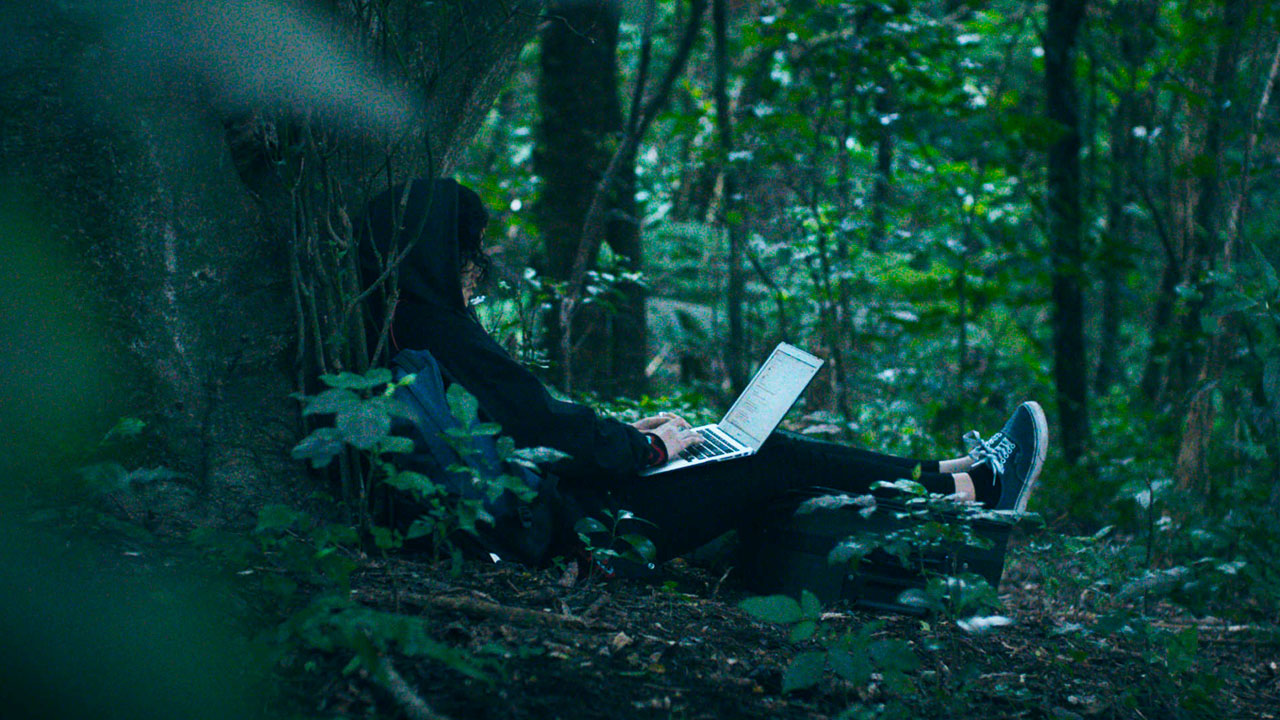
During production, what was the biggest hurdle you had to overcome?
COVID, of course! Our production came to a halt just three and a half days into shooting, after the producers had no choice but to shut down filming due to COVID-19. Four days later, the New Zealand Government announced our first nationwide lockdown.
After a six month hiatus, spent raising additional money required to get the film up, courtesy of the New Zealand Screen Production Recovery Grand administered by the New Zealand Film Commission, production was once again green-lit. Sadly some crew were now unavailable after New Zealand’s COVID-free status attracted a boom of international productions wanting to shoot in New Zealand. But this did provide an opportunity for fresh faces to join the team.
During our second pre-production, I was unexpectedly hospitalised and required emergency surgery, which made me unavailable for a whole week of pre-production. There were so many challenges on our journey, but we got there in the end. I couldn’t have done it without my producers Angela Littlejohn and Desray Armstrong. They worked tirelessly to get the film up, then up again, and get us through. They are excellent people and true professionals. I’m so grateful to them.
For you, what was the most memorable part of this whole experience?
Getting a film made is always tough and memorable, but the added challenge COVID brought pushed it into another realm of difficulty that I’ll never forget. But there were good times that I’m so grateful for: we had a great team and we became a little family with the same vision. We wanted to make the best film we could. Seeing everyone dig deep and give all they could was very humbling.
I made so many new friends in the cast and crew which I value. I had worked with a few members of the crew on other films, and they brought their creativity and expertise into this project: cinematographer Andrew Stroud, sound designer James Hayday, and editor Dan Kircher.
Final shout out goes to our talented and experienced production designer Heather Hayward. Heather art directed the first short film I ever made, more than ten years ago when I was in film school. To see us go from a student made short, where we didn’t know what we were doing, into a feature together was really special.
What was the last great film you saw?
Never Rarely Sometimes Always by Eliza Hittman.


